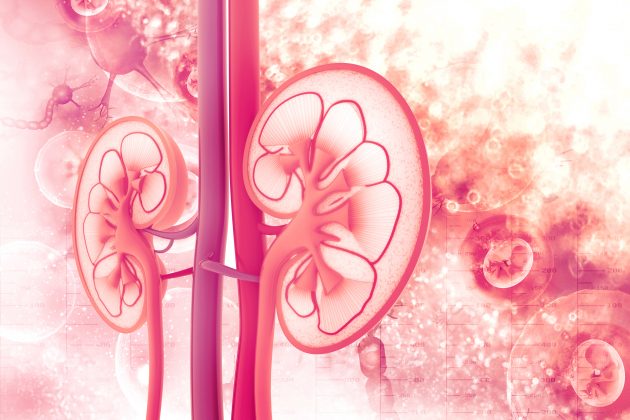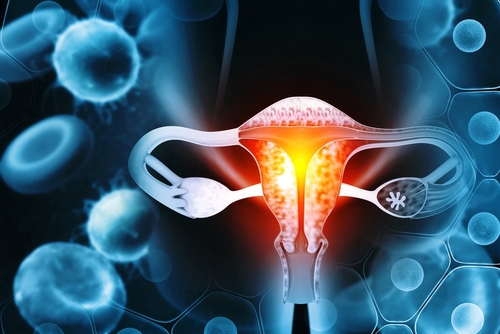There are few data available on long-term outcomes among pediatric recipients of simultaneous liver-kidney transplantation and sequential liver and kidney transplantation (liver after kidney and kidney after liver). K. Goli and colleagues conducted a review of data in the United Network for Organ Sharing (UNOS) database. Results were presented at the virtual American Transplant Congress 2020 in a presentation titled Long-Term Pediatric Outcomes of Simultaneous vs Sequential Liver-Kidney Transplantation: A Review of UNOS Database.
The researchers queried the database for sequential and simultaneous liver and kidney transplants in patients <18 years of age between 1988 and 2018. Multivisceral listings and retransplants were excluded from the analysis. Simultaneous liver-kidney transplants were defined as occurring ≤1 day apart. Liver after kidney and kidney after liver were each defined as occurring >1 day apart. Patient survival was calculated from the time of the first transplant and graft survival was calculated from transplant of the second organ. Statistical significance was determined using log-rank tests and Meier survival analysis was used to compare simultaneous liver-kidney transplant, liver after kidney transplant, and kidney after liver transplant. Univariate analyses were performed using ANOVA and chi-square tests.
The study included a total of 389 transplant recipients: 265 simultaneous liver-kidney transplant recipients; 42 liver after kidney transplant recipients; and 83 kidney after liver transplant recipients.
There was a significant patient survival benefit for kidney after liver transplant relative to simultaneous liver-kidney transplant and liver after kidney transplant: a patient survival probability of 86% relative to 73% for simultaneous liver-kidney transplant and 56% to liver after kidney transplant at 17 years post-transplant (P<.0001). Following adjustment for 16 covariates, including demographic factors and total time on waiting lists, the survival benefit for kidney after liver transplant was no longer significant relative to simultaneous liver-kidney transplant (P<.77).
For kidney graft survival, beginning at 4.5 years following transplant, there was a significant (P<.044) survival benefit for simultaneous liver-kidney transplant relative to kidney after liver transplant and liver after kidney transplant. The greatest graft survival benefit for simultaneous liver-kidney transplant was seen at 17 years post-transplant: 59% versus 36% for kidney after liver transplant and 26% for liver after kidney transplant.
For liver graft survival, kidney after liver transplant conferred a significant survival benefit relative to simultaneous liver-kidney transplant and liver after kidney transplant at all time points (P<.0001). At 16 years after transplant, kidney after liver transplant had a 75% graft survival probability, simultaneous liver-kidney transplant showed a 56% graft survival probability, and liver after kidney transplant showed a 46% graft survival probability.
In conclusion, the researchers said, “Liver after kidney transplant has the worst outcomes, likely due to recurrent cholangitis or portal hypertension in patients who are already immunosuppressed after kidney transplant. Therefore, simultaneous liver-kidney transplant should be considered.”
Source: Goli K, Rana A, Goss J, Miloh T. Long-term pediatric outcomes of simultaneous vs sequential liver-kidney transplantation: A review of the UNOS database. Abstract of a presentation at the virtual American Transplant Congress 2020 (Abstract #262), May 30, 2020.
Credit: Original article published here.








